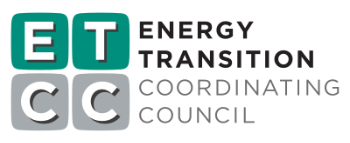Project Info
COMPLETE
Project Title
Comparative Field Assessment of CO₂ System Performance vs. HFC Refrigeration in Supermarkets
Project Number ET25SWE0005 Organization SWE (Statewide Electric ETP) End-use Process Loads Sector Commercial Project Year(s) 2025 - 2026Project Results
California regulations limiting the use of refrigerants with global warming potential (GWP) greater than 150 have accelerated supermarket adoption of CO₂ (R-744) transcritical refrigeration systems. However, limited empirical data exist on system performance in California’s diverse climate zones. This study compares field performance of two CO₂ and two HFC (R-404A) supermarket refrigeration systems located in Climate Zones 10 and 11.Four months of high-resolution monitored data were collected using calibrated three-phase power meters and temperature loggers. Regression models were developed to characterize refrigeration energy use as a function of outdoor air temperature, and annualized performance was estimated using typical meteorological year (TMY) weather data. Site personnel interviews were conducted to supplement measured results with operational observations.Results indicate that CO₂ systems demonstrated no measurable energy advantage over HFC systems in the warm climate zones studied. Installation costs for CO₂ systems were approximately 30% higher than HFC systems. Annual refrigerant leak rates of 7–19% were observed at CO₂ sites; however, associated greenhouse gas emissions were negligible due to the low GWP of R-744. CO₂ systems exhibited greater operational sensitivity to ambient conditions and increased complexity during restart events.Overall, study findings suggest that CO₂ system adoption in warm climates is driven primarily by refrigerant regulatory compliance and corporate GHG reduction goals rather than energy or cost savings. Additional field studies across multiple California climate zones are recommended to support the development of incentive structures and to better characterize performance, reliability, and refrigerant leakage profiles.
